Here’s a recap of the 119th episode of ‘On the Chair’ aired on HTV9 on May 17, 2025
Hot Topic
The Vietnam Automobile Manufacturers’ Association (VAMA) has released the sales figures for April 2025. Consequently, the rankings of hybrid models have taken shape.
The Toyota Innova Cross HEV reclaimed the top spot with 228 units sold, surpassing the Suzuki XL7 Hybrid, which sold 195 units.
In the first four months of the year, the Innova Cross hybrid sold 837 units, while the XL7 hybrid sold 769 units.
The Toyota Corolla Cross HEV took third place with 165 units sold.
A notable surprise was the Honda HR-V e:HEV RS, which sold an impressive 151 units despite its recent launch in early April.
The Toyota Camry had a strong month, with the HEV version selling 148 units, almost double that of March (81 units). For this sedan, the hybrid version outsold the gasoline version (only 116 units in April).
The Honda CR-V e:HEV RS took sixth place with 147 units delivered to customers.
The hybrid versions of other models did not stand out in terms of sales. The Yaris Cross HEV sold 50 units, while the Civic e:HEV RS sold 27 units. The Alphard HEV and Corolla Altis HEV sold 8 and 1 units, respectively.
Another notable point in the April hybrid sales figures was the performance of the Sorento HEV/PHEV.
The hybrid version of this model sold 4 units, while none were sold in March.
On the Hot Seat
In this segment, let’s welcome expert Vu Tan Cong to discuss the Draft National Technical Regulations on Vehicle Emissions.
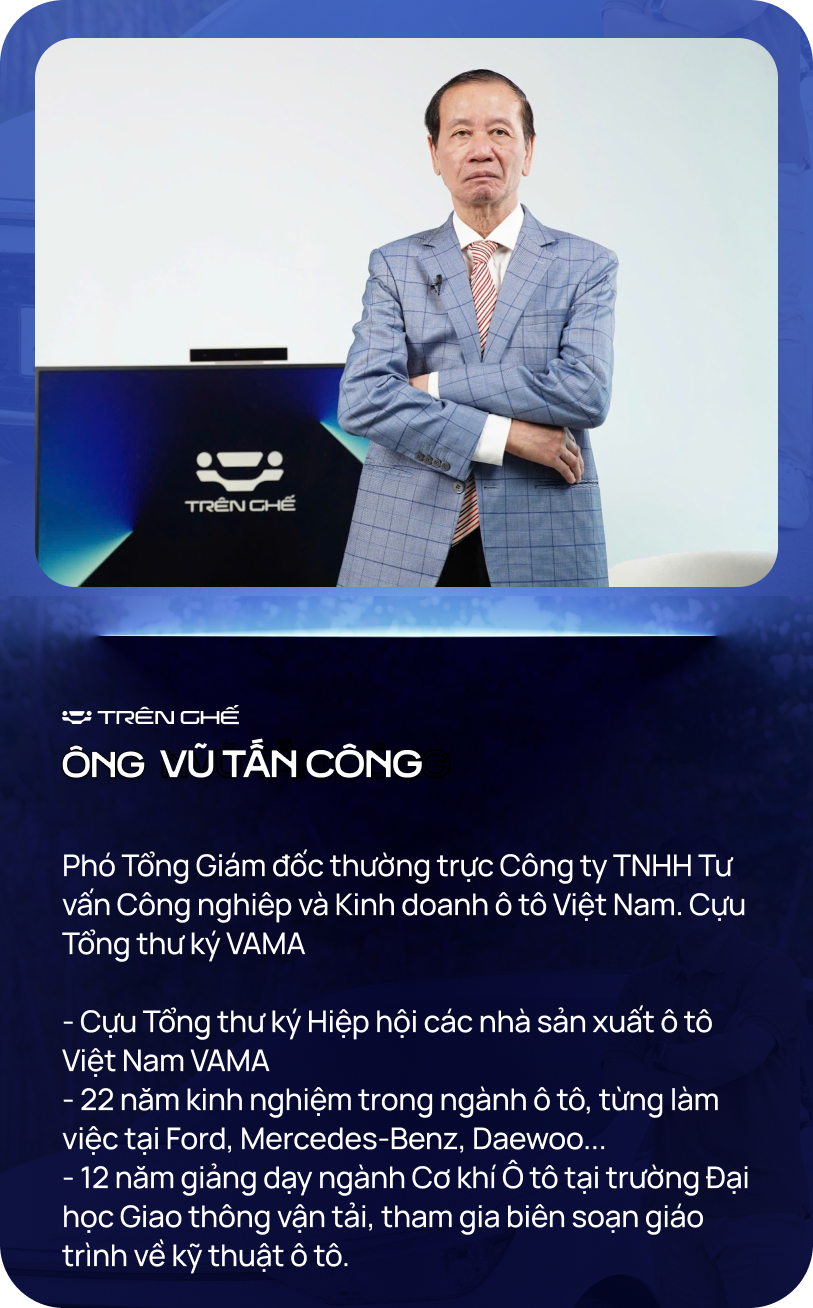
Recently, there has been talk about banning cars produced before 2017 from entering Hanoi and Ho Chi Minh City. What is the truth behind this information, sir?
To my knowledge, the government has assigned the Ministry of Agriculture and Environment to draft Vietnamese standards for vehicle emissions, including cars, motorcycles, and other motor vehicles. This is followed by a draft government decree on the roadmap for implementing these emissions standards.
According to the draft, vehicle emissions will be categorized into five levels corresponding to Euro 1, Euro 2, Euro 3, Euro 4, and Euro 5, and will be applied nationwide. Hanoi and Ho Chi Minh City, being major cities, will implement these standards earlier than other regions.
If this is implemented, during periodic vehicle inspections, the inspection agency will measure the emissions and compare them to the set standards. Cars that meet the standards will be granted a circulation permit, while those that do not will require the owner to make necessary adjustments and repairs. Technically, there are various reasons why a car may not meet the emission standards.
In such cases, the car may need to undergo replacements or modifications to parts such as pistons, cylinders, fuel supply systems, ignition systems, and even the addition of emission control devices to eliminate harmful components that cause pollution. All of these measures are feasible, but they come at a cost.
Therefore, the information about banning cars produced before 2017 from entering Hanoi and Ho Chi Minh City is inaccurate.
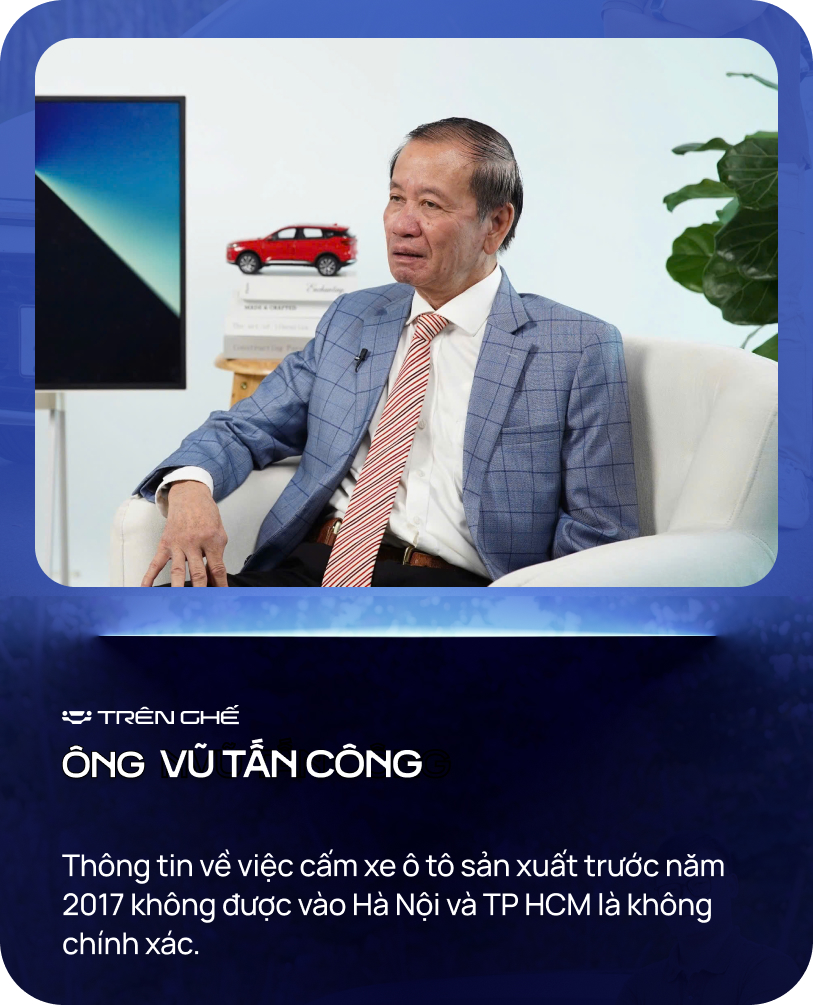
In your opinion, how long will it take for this draft to become a reality?
In my estimation, the quickest it could take is one year.
This is because it is a national standard, and the process from drafting to implementation involves numerous factors. If not handled carefully, there may be a need for multiple revisions once it is officially enforced. Therefore, I believe it will take at least one year, if not two, to put this into practice.
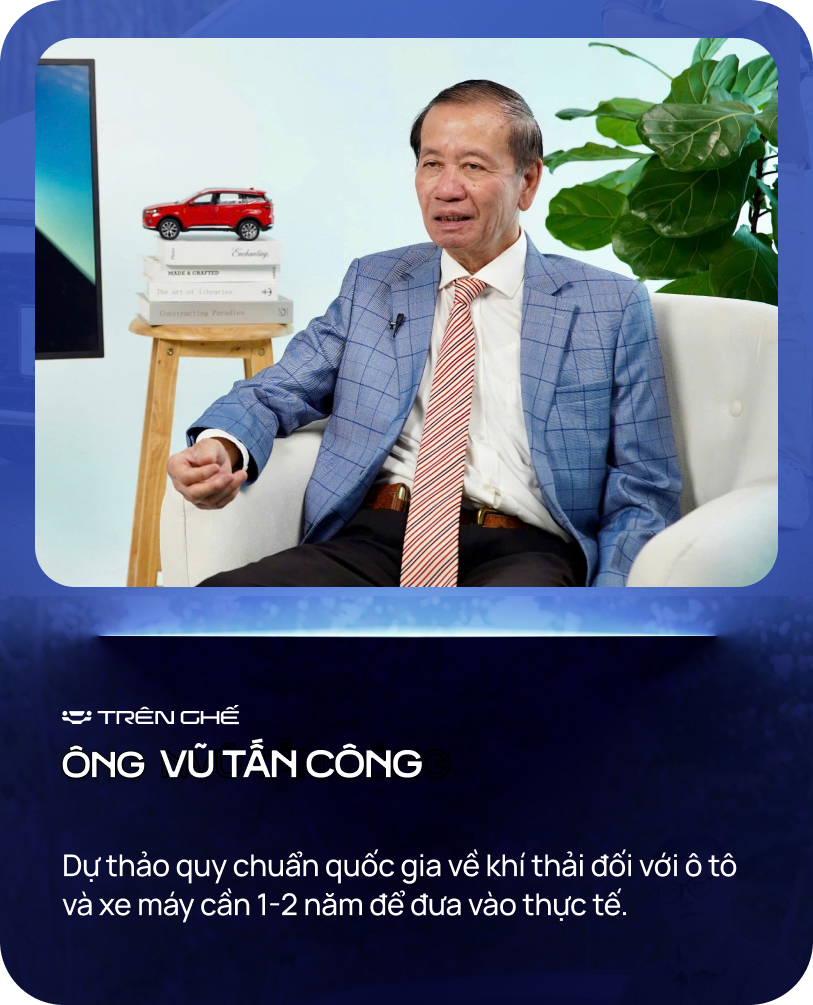
What factors could potentially delay the implementation of this draft beyond the planned timeline?
In my opinion, the first factor is if the draft imposes overly stringent regulations, resulting in a significant number of vehicles failing to meet the standards. Even after repairs and adjustments, some vehicles may still not comply with the requirements. This could lead to adverse social consequences.
If car owners are unable to use their vehicles, it becomes a problematic situation. They purchase cars for transportation and business purposes, and these vehicles are registered as their assets. If they are unable to use their cars, it contradicts the civil law regarding citizens’ property ownership rights.
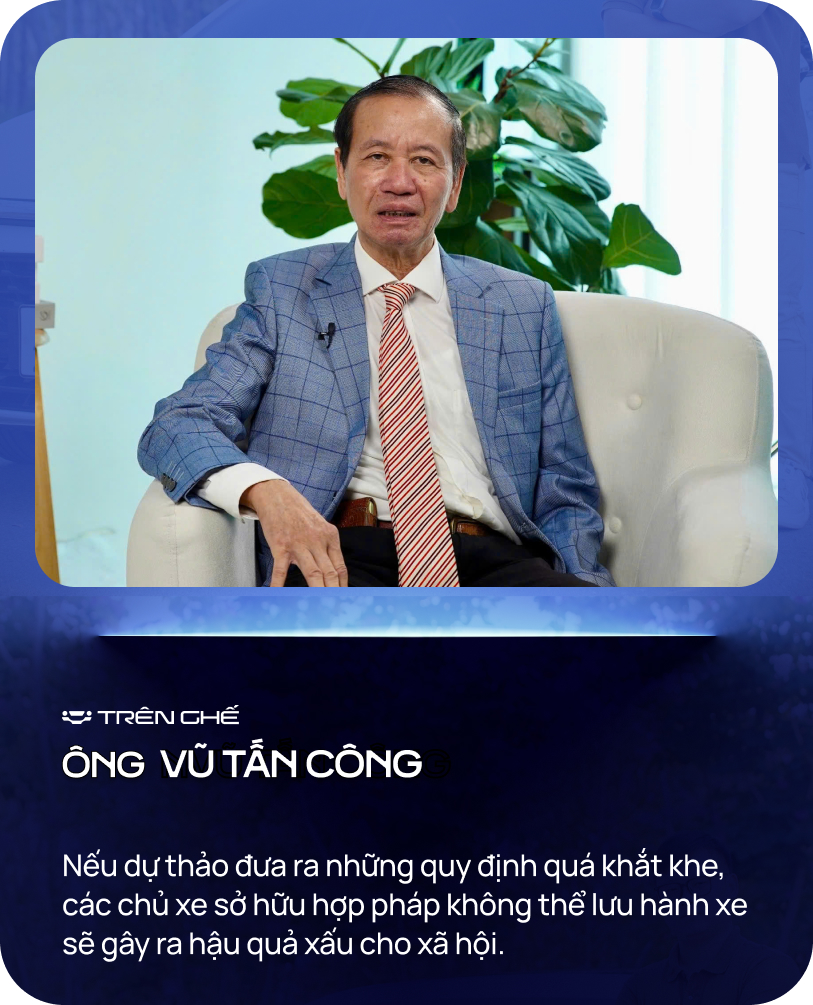
In the event that this draft becomes a reality, what actions should the concerned parties take, sir?
Regarding this draft, there will be four main parties involved. The first is the vehicle registration agency, specifically the Vietnam Register. The second is the Traffic Police Department and the District Traffic Police units. The third is the Ministry of Finance. And the fourth is the vehicle owners.
Once the standards are issued and a roadmap is in place, the registration agency will strictly enforce the measurement of vehicle emissions during inspections. This process needs to be conducted with increased rigor and precision.
The Traffic Police Department and the District Traffic Police units will need to randomly inspect the emissions of vehicles on the road. If a vehicle is found to be non-compliant, they will take the necessary actions as per the regulations. If a car owner replaces the engine to meet the requirements, the District Traffic Police units should reissue the registration for that vehicle.
As for the Ministry of Finance, I propose that the government provide financial support to vehicle owners for the costs of engine upgrades and replacements to meet the standards. From a professional standpoint, this expense can be considered an environmental protection budget, with the government subsidizing 30-50% of the costs incurred by vehicle owners, as evidenced by their invoices.
Lastly, vehicle owners whose cars do not meet the standards should take the initiative to upgrade and repair their vehicles.
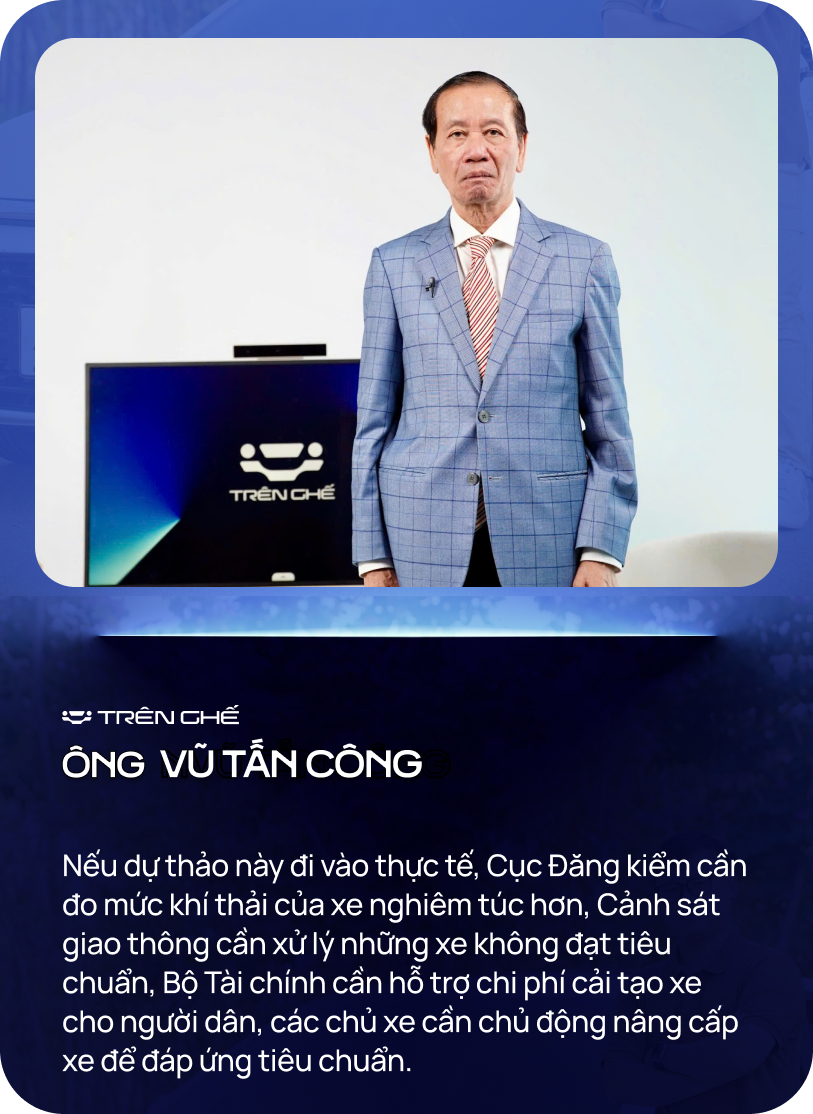
Currently, new cars are exempt from inspection for the first three years. Older cars need to be inspected every six to eighteen months. In your opinion, is there a need to tighten this inspection process?
Using the term “tighten” might be too harsh. In my view, the registration agency should update and modernize the regulations regarding inspection timelines. Theoretically, the more a car is used, the more it depreciates, but the usage patterns vary among individuals. Some may drive only a few thousand kilometers a year, while others may cover that distance in a few months.
Therefore, we need to establish inspection regulations that are most suitable, taking into account both the distance traveled and the time of use.
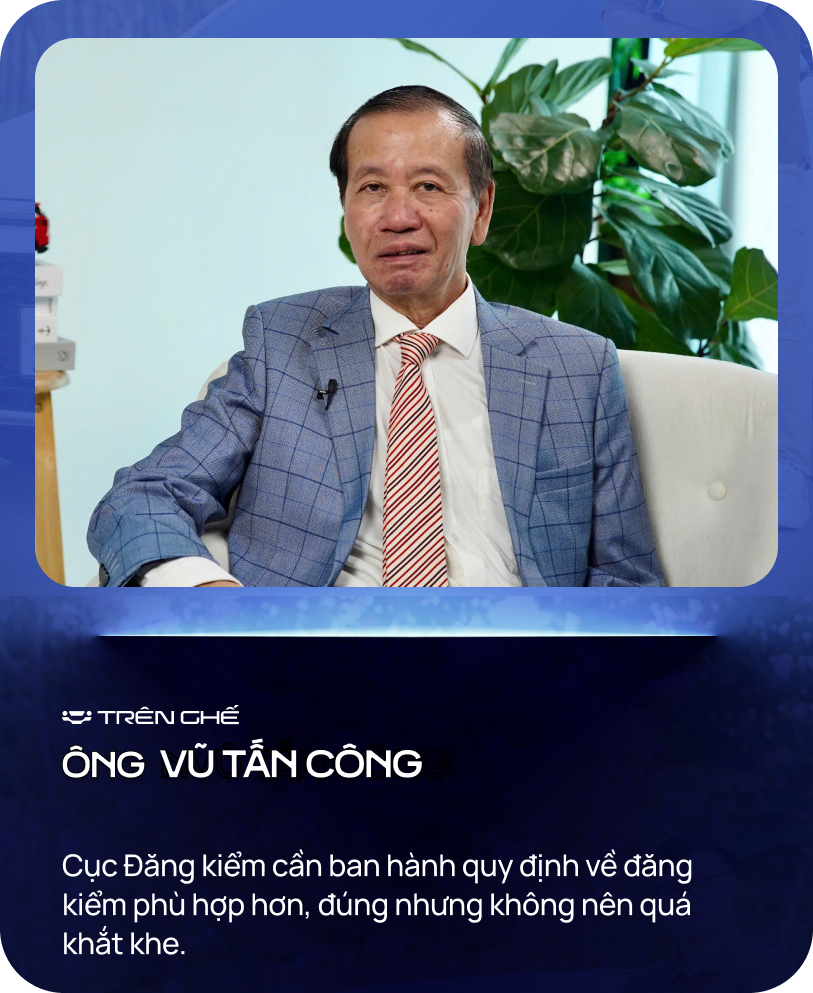
With these new regulations, do you think it will encourage people to switch from gasoline to electric vehicles, sir?
That’s an interesting question.
If the conditions for using electric vehicles are favorable, I believe consumers will opt for them. Electric vehicles offer several advantages, such as environmental protection, a quieter driving experience, and lower energy consumption.
However, at present, VinFast is the only brand with a widespread network of charging stations and service centers. Other brands are facing challenges in this regard.
Overall, I believe this draft presents an opportunity for electric vehicle brands to enter the market. However, this opportunity will only materialize if manufacturers invest in charging station networks and service centers.
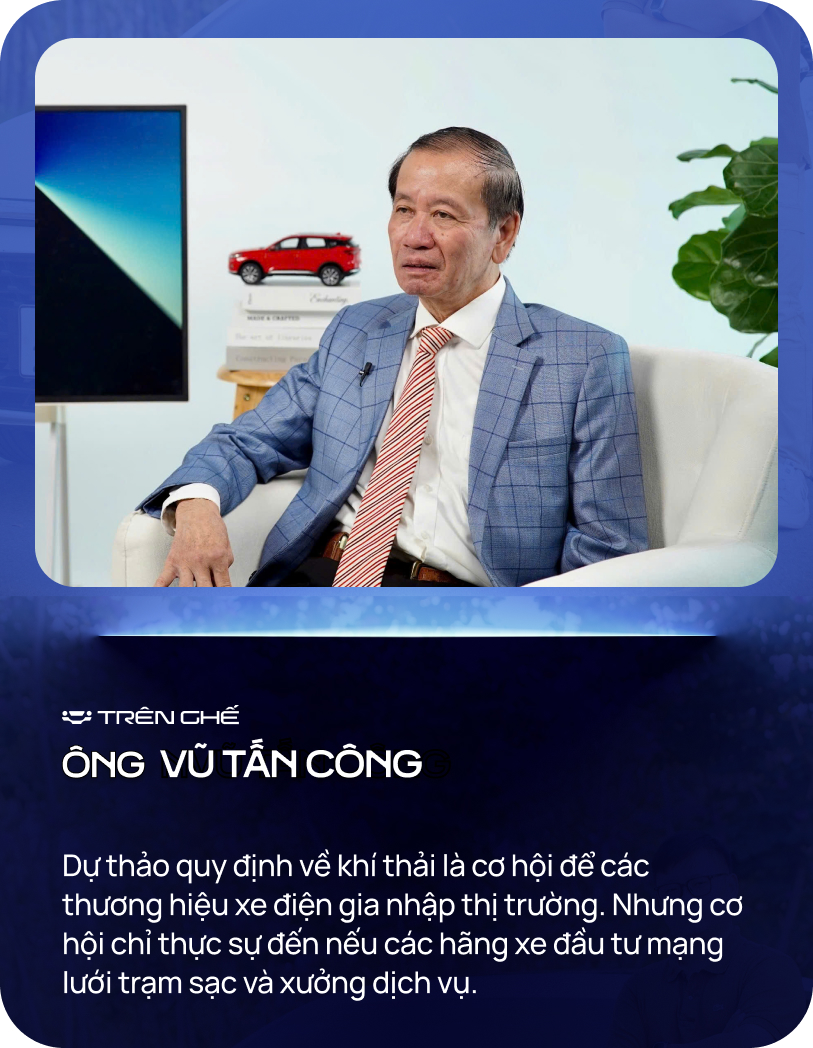
What significance does this draft hold, in your opinion?
This draft carries immense significance.
First, it contributes to environmental protection, ensuring a cleaner living environment for all of us. This is especially crucial in densely populated cities like Hanoi and Ho Chi Minh City, where traffic congestion often leads to excessive vehicle emissions, causing discomfort for everyone.
Secondly, when the environment is polluted by emissions of CxHy, CO2, CO, and other pollutants, it contributes to the greenhouse effect and climate change on a global scale. This is a serious concern that we must address.
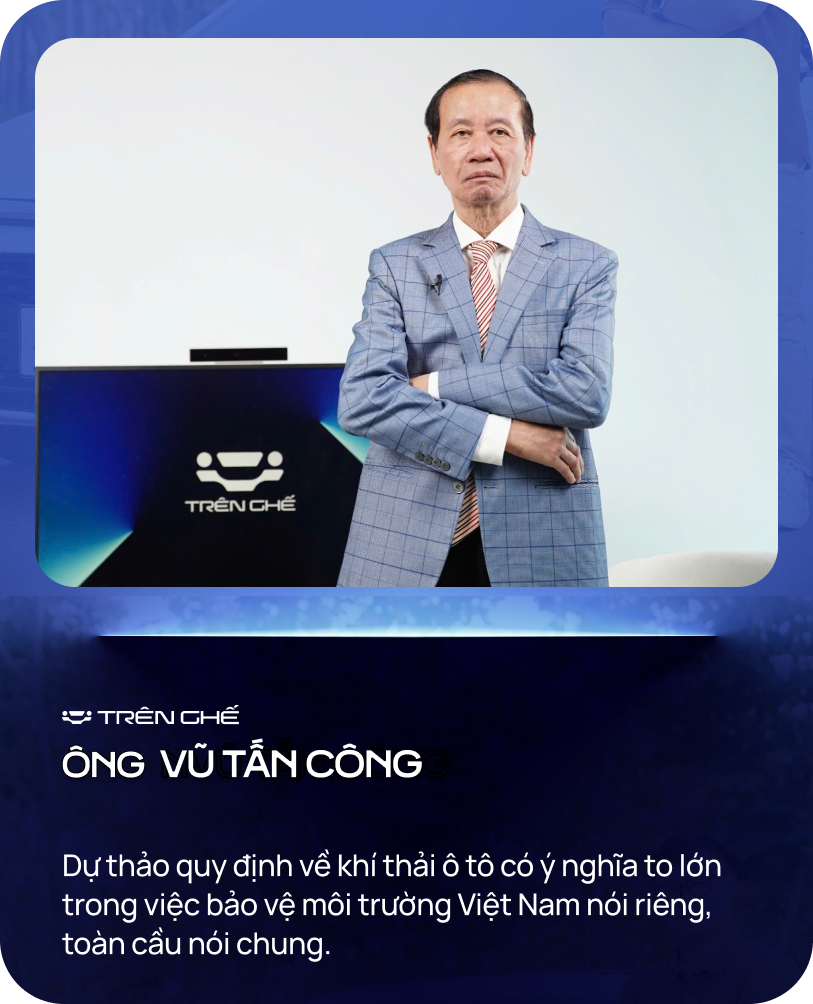
Thank you for sharing your insights on this topic, sir.
The ‘On the Chair’ program is a collaboration between Ho Chi Minh City Television and VCCorp; in cooperation with AutoPro; and commercially operated by AdWheel.
The program is broadcast on HTV9 at 6:10 PM from Monday to Saturday and rebroadcast at 8:00 PM across VCCorp’s multimedia platforms.
The Ultimate August Automotive Extravaganza: A Showcase of SUV, MPV, and Sedan Excellence, with a Chinese Twist.
After July, the Vietnamese automotive market will continue to witness an influx of Chinese car models, including the debut of a brand new brand.

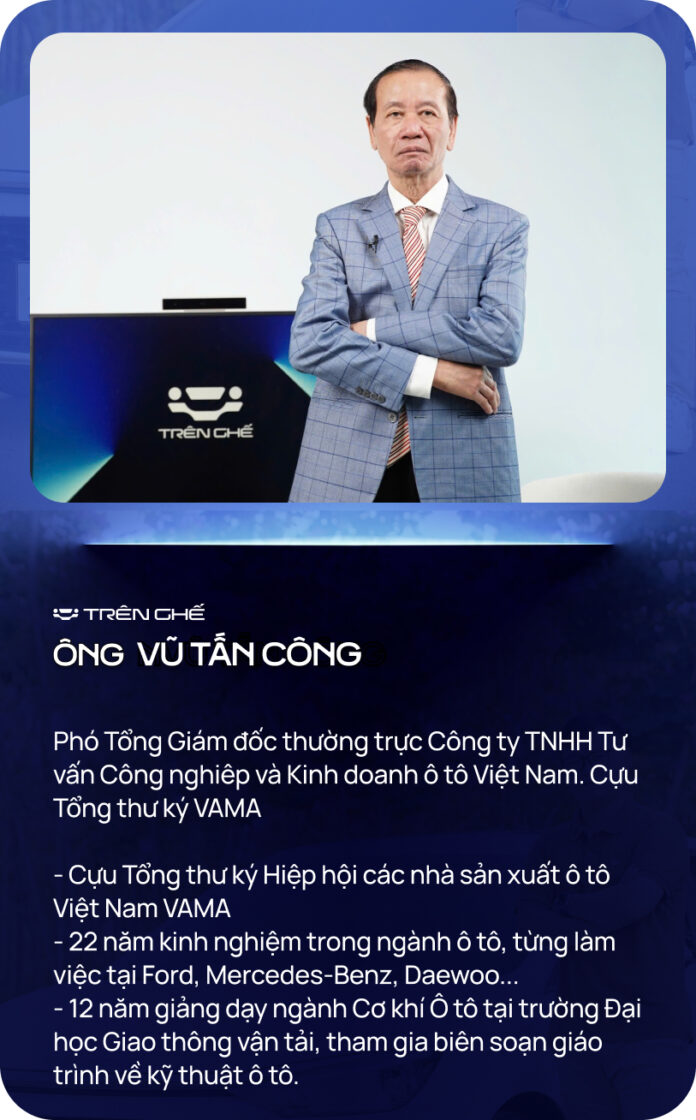
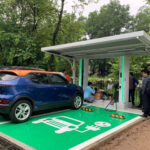
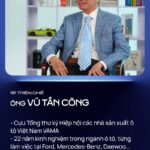
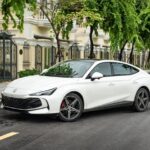


![[Photo Essay]: Experts, Managers, and Businesses Unite to Forge a Path Towards Sustainable Green Industry](https://xe.today/wp-content/uploads/2025/07/z678592918-218x150.jpg)


![[Photo Essay]: Experts, Managers, and Businesses Unite to Forge a Path Towards Sustainable Green Industry](https://xe.today/wp-content/uploads/2025/07/z678592918-150x150.jpg)


![[Photo Essay]: Experts, Managers, and Businesses Unite to Forge a Path Towards Sustainable Green Industry](https://xe.today/wp-content/uploads/2025/07/z678592918-100x70.jpg)






